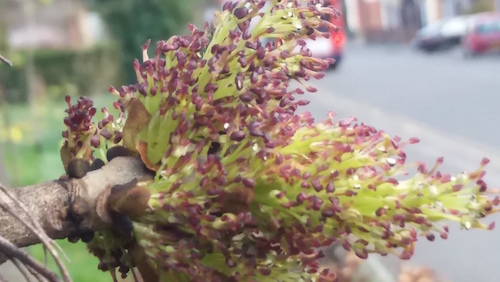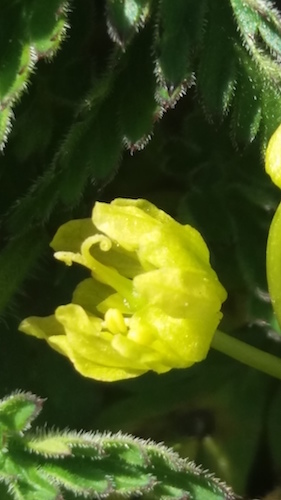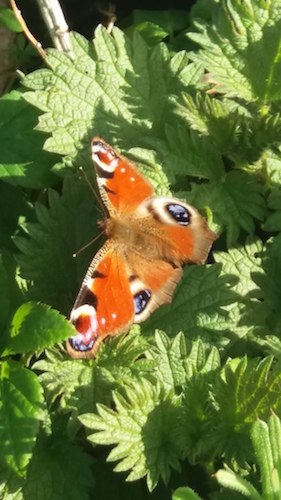1000 David Attenboroughs – Week 3
Hi Wild West Enders,
Welcome to Week 3 of 1000 David Attenboroughs!
1. Botany
Find the flowers on the sycamore and ash trees in the park.
Did you know that nearly all trees have flowers? (except conifers) but they are very small. The flowers on the sycamore and ash trees are out now.
Both male and female ash flowers are purple. The picture is a female flower. Ash trees can be male, female or both! If you find a male ash tree flower that has been blown down, take it home, and after one day it will produce yellow pollen.

The yellow flower is a sycamore flower I found on the ground.

2. Butterfly Lifecycles
When the sun comes out, can you see a Peacock (pictured below), a Red Admiral, Tortoiseshell or a Brimstone butterfly? These amazing fragile creatures survive the winter as adults hiding in holes in trees, in woodpiles, sheds or amongst ivy or bramble.

As it warms up in March and April they come out to feed, mate and lay their eggs.
To protect butterflies we need to make sure they have what they need for all their different life stages:
- Places to hibernate, like ivy and holes in trees or a damp shed!
- Flowers to feed on when they come out of hibernation such as dandelions and fruit tree blossom.
- The plants to lay their eggs and for their caterpillars to feed on, for Peacocks, Red Admirals and Tortoiseshells, this is the humble nettle. But it needs to be nettles in the sun 😊
- And nectar plants in the summer and autumn for the adult butterflies.
https://www.nationaltrust.org.uk/features/how-to-spot-hibernating-butterflies-this-winter
RH
Picture of Sir David Attenborough © International Monetary Fund 2019 – Used under Creative Commons Licence (CC BY-NC-ND 2.0)
